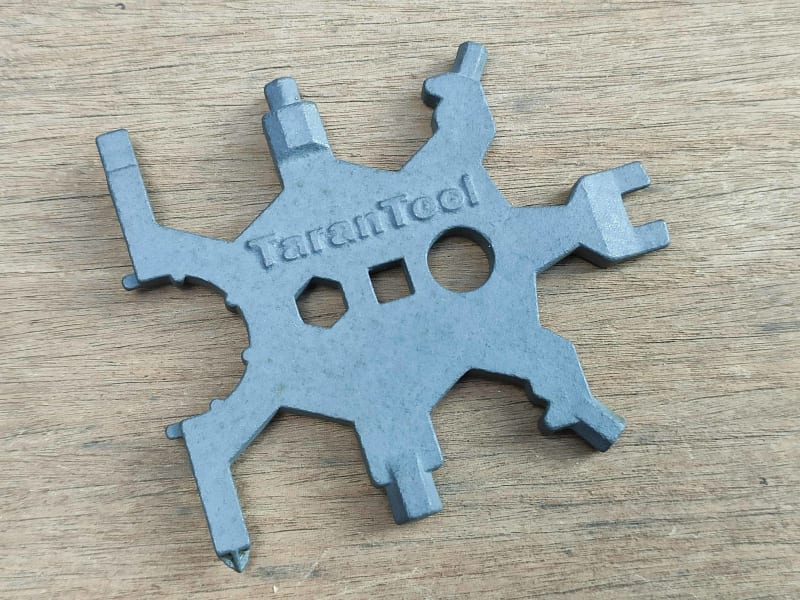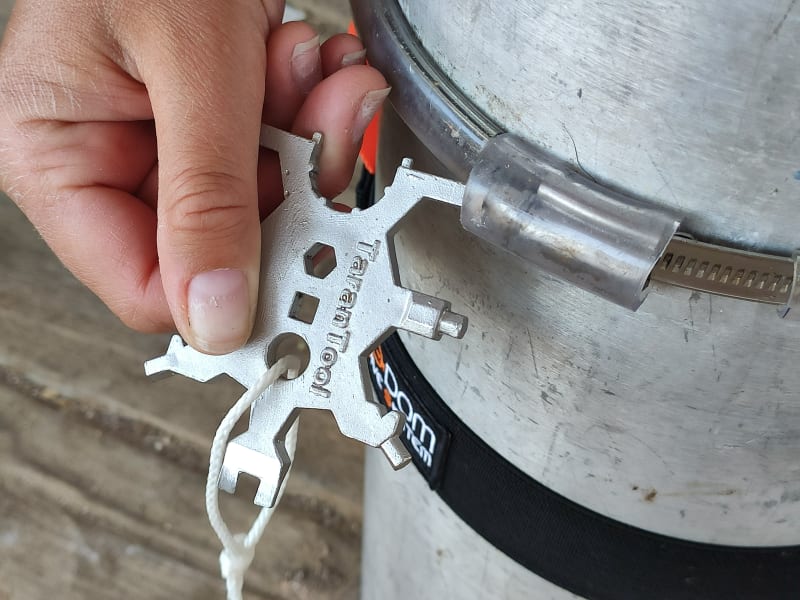Hi, I have designed and produced (outsourcing)a tool for diving.
Till now we have made it from lost wax molded SS17400PH hardened to HRC42.
A new manufacturer suggested me to use MIM and S420 2.0 with a hardness of HRC46-54.
There is a flat driver on this tool that is bending when using lots of force and is the weakest point of the tool.
I have thickened it and widened it for the next tool design.
What are your thoughts? Suggestions, anything I should beware of or think of? etc...
Thanks in advance for your answers.
Till now we have made it from lost wax molded SS17400PH hardened to HRC42.
A new manufacturer suggested me to use MIM and S420 2.0 with a hardness of HRC46-54.
There is a flat driver on this tool that is bending when using lots of force and is the weakest point of the tool.
I have thickened it and widened it for the next tool design.
What are your thoughts? Suggestions, anything I should beware of or think of? etc...
Thanks in advance for your answers.


